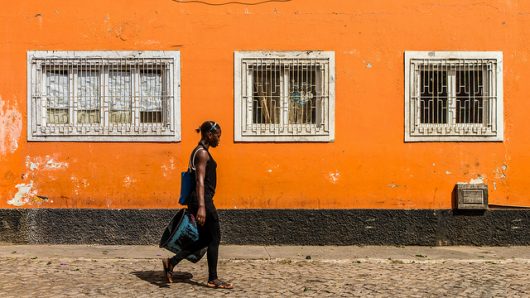Why is Cabo Verde Poor?

Cabo Verde, or Cape Verde, is a former Portuguese colony made up of 10 islands and five islets located just over 300 miles off Africa’s west coast. Why is Cabo Verde poor? Severe droughts during the 1900s killed 200,000 people and caused many to leave the islands.
Cabo Verde does not have many natural resources, and only 10% of the land can sustain crops. This makes the nation vulnerable to poor economic growth. Although the poverty rate has been reduced significantly, one-quarter of the population is still poor.
The national poverty rate in Cabo Verde fell from 37% to 27% between 2003 and 2008, according to the World Bank, and the extreme poverty rate went from 21% to 12%.
Tourism is a major source of economic growth in Cabo Verde and is credited as the main reason for the drop in poverty rates. Still, one is compelled to ask: why is Cabo Verde poor?
The Congressional Research Service reported that slow economic growth in Europe has fostered slow growth in Cabo Verde. This is because Europe is a major trading partner and source of foreign investment, and Cabo Verde is also a major tourist destination for many Europeans.
Despite all this, growth has recovered due to a resurgence in tourism and foreign investment. Gross domestic product grew from .93% to 3.63% between 2012 and 2016. Unemployment is now estimated to be at nine percent, which is a significant drop from 16.8% in 2012. Yet, one must still ask: why is Cabo Verde poor?
Public debt in Cabo Verde was 130% of the GDP at the end of 2016, according to the World Bank. It is also estimated that growth was above four percent which is 1.5% more than in 2015 but still not enough to bring down debt levels. The World Bank predicts that debt will continue to increase in 2017 because of a state-owned airline (TACV) and social housing.
Modest growth is predicted for Cabo Verde’s major trading partners which may slow foreign investment in the small nation as well.
– Fernando Vazquez
Photo: Flickr
